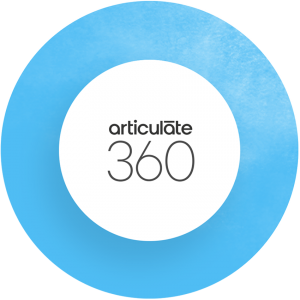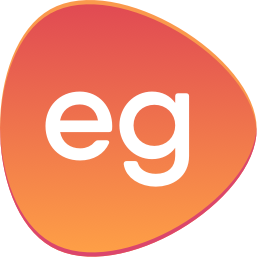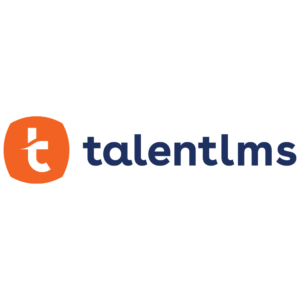Articulate 360
Articulate 360 is the #1 e-learning platform for creating workplace training. Build engaging courses with AI-enhanced authoring, simplify collaboration, and quickly share content. Read more
dominKnow | ONE
Unlock efficient eLearning production at scale! Create, manage, publish & update diverse content - fast & seamlessly. The collaborative LCMS suite designed for big teams and projects. Proudly Canadian! Read more
Easygenerator
Easygenerator is an online e-Learning authoring tool for people without an e-Learning background. Create courses and quizzes and host them in our cloud and see learner’s results at no extra charge. Uploading to your website or LMS is also possible. Read more
isEazy Author
isEazy Author is the #1 software for e-learning course creation. An AI-powered authoring tool designed to create accessible, engaging, and dynamic e-learning courses autonomously in minutes. Read more
iSpring Suite
An all-in-one software solution for creating versatile learning content and teamwork on eLearning projects. Super easy to use; no coding or design skills are required. Read more
iSpring Cloud AI
iSpring Cloud AI is a cloud-based course builder that works right in your browser. Read more
Adobe Captivate
With Adobe Captivate, create everything eLearning-virtual reality, responsive courses, software simulations, interactive videos, multi-module branched courses. Transform PPT to interactive content. Use ready-to-go slides for template-based authoring. Read more
Elucidat
Elucidat is a fully cloud-based and powerful authoring platform, designed to allow any user to produce high-quality digital learning, on a global scale, on any device. Book a Tailored Demo and Start Your Free Trial Today. Read more
Lectora
Lectora is WCAG-friendly and works with any LMS. Between its responsive features, automated versioning, interactivity, branching, and endless quizzing options, nothing will hold you back! Part of the ELB Learning Authoring Suites. Read more
Gomo Learning
Gomo makes it easy for you to create beautiful eLearning that leaves a lasting impression. Take the pain out of collaborative working as you create & deliver scalable, localized eLearning that speaks to global audiences (in over 160 languages). Read more











